How We Protect Glenveagh and Welcome the Public
Balancing the impact of tourism and our responsibility to protect the Glenveagh wilderness is no easy task. But sharing the National Park with visitors is one of the best ways to excite a passion for conservation in others, so that the public and Glenveagh staff can work together to ensure the park thrives for generations to come.
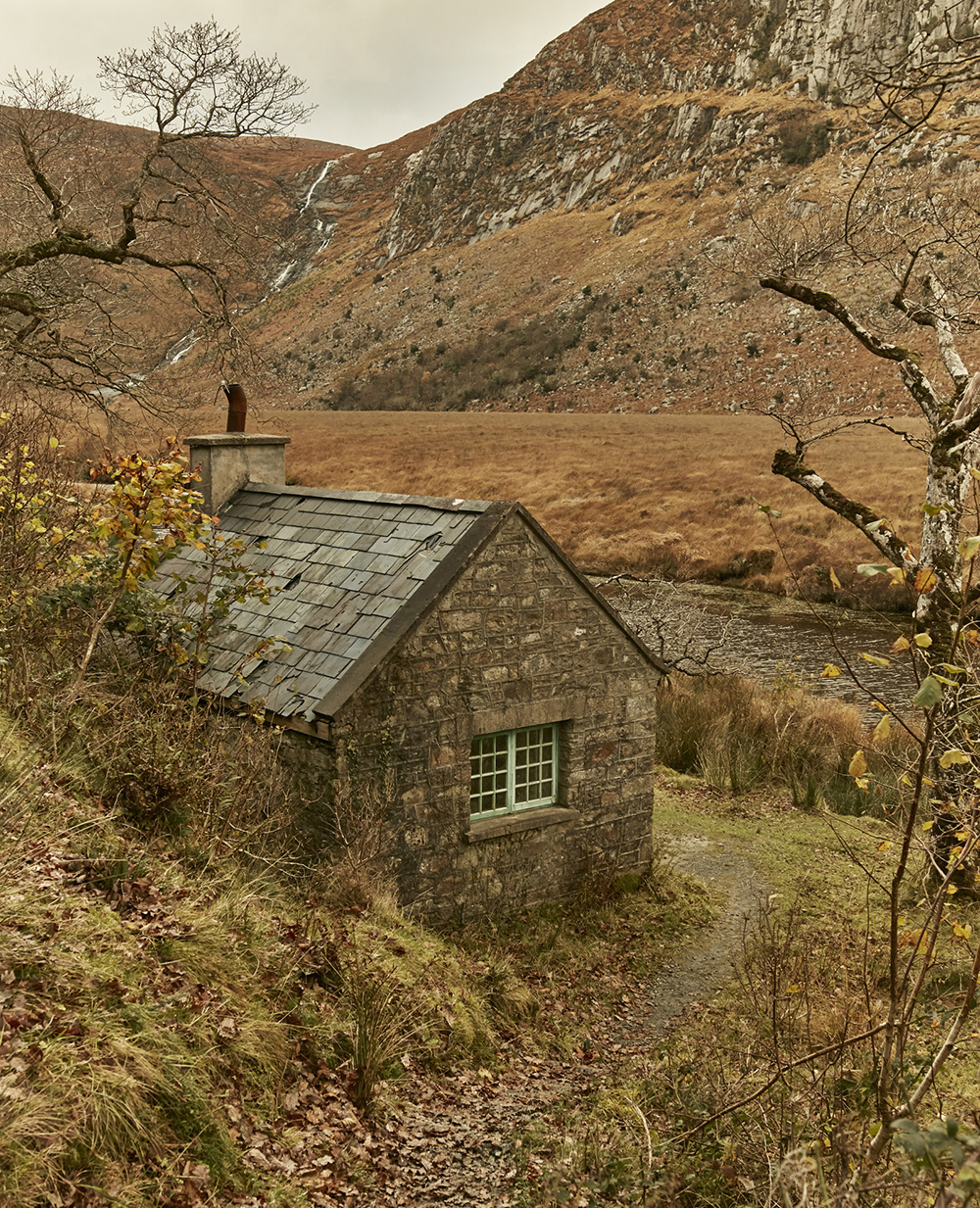
We’re part of The Green Flag Award and are working towards museum standard for the Castle. We’re also an accredited Leave No Trace training provider and Discover Science Centre as part of Science Foundation Ireland.
Students and the vital importance of conservation education
We’re passionate about helping young people discover more about our natural world and how to care for it. We welcome hundreds of students each year to explore all areas of the park and to enjoy the benefits of time in the great outdoors while learning about how they can protect nature in their own lives and communities.
About the Glenveagh team
Glenveagh is managed by Ireland’s National Parks and Wildlife Service, with a staff which includes a Divisional Manager, Regional Manager and District Conservation Officer. They support the lead staff who manage our teams at Glenveagh in Administration, Education & Engagement, Visitor Services, Gardens, Building & Maintenance and Rangers. We’re also joined by seasonal staff throughout the year. Meet the Glenveagh staff below.
Meet the Staff
It takes a very special and wide range of people and skills to run and take care of Glenveagh. Here are some of our team you might encounter:
Growing up in West Donegal gave Eibhlin an appreciation for Irish wildlife and an interest in the outdoors. She previously studied Zoology (BSc) in NUIG and Ecological Management & Conservation Biology (MSc) in QUB. Her background in habitat management and conservation allowed her to gain a range of practical skills and experience necessary for the preservation of different types of habitats.
Martin Toye – Information Pending
As Head Guide, Clare oversees all aspects of learning, education and outdoor visitor events and walks in the park. Leading the team of Education Guides she works together to deliver training, resources and online content to raise awareness of nature conservation. Their work involves outreach, too, and engagement with teachers and community groups. Clare studied Youth and Children’s work in Ulster University, Environmental Studies with the Open University and more recently Project Management Leadership with UCD. She also trained in the Peak District National Park and is an accredited Leave No Trace Trainer and Green Flag Award judge.
The mission of the garden team is conserve and enhance the Historic Flower Garden at Glenveagh Castle, using an ecofriendly approach and to provide good information, access and welcome to all our visitors.
Our Education Team provide a range of specialist learning and engagement services to schools, colleges and our wider visitors all year round. From guided walks, nature based lessons linked to the curriculum, field trips for leaving certificate students and fun hands on pop up events, the team are experts in helping everyone learn more about biodiversity as part of their visit. You’ll find our Education Guides out and about on the paths and trails, always happy to share their knowledge of the landscape here. You might also see them out supporting the work of our Rangers, helping in field work and promoting conservation stories in our displays and on social media. The team also host a range of training courses and specialist tailored events for groups. Look out for special open days at the Education Centre when you can meet the staff and explore the historic building and wildlife garden where they work from.
This team includes Visitor Guides, responsible for running the guided historical tours inside and outside the Castle and manning reception at the Castle and Visitor Centre. Their main role is to provide the public with information so that everyone can get the most out of their visit.
Glenveagh bus drivers may be some of the most familiar faces to visitors, operating the bus routes from the Visitor Centre to the Castle and Gardens, and the Walkers Bus on weekends and bank holiday Mondays. They take great pride in their place of work and when not on board their bus, can often be seen out on litter picks or chatting with visitors.
History of the Park
Glenveagh National Park and Castle has a fascinating and eventful history, starting all the way back, before the early 17th century when the area was permanently settled. The history of Glenveagh, which is particularly relevant to the National Park, begins in 1857 when, John George Adair created the Glenveagh Estate.
Find out more about the historical past of the park by scrolling through the timeline below.

17th century
There are few historical records relating to Glenveagh before the early 17th century, when the area was permanently settled. This is hardly surprising given its remoteness and wildness, surrounded on all sides by expanses of trackless bog.
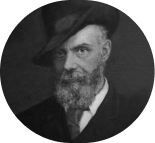
1857
John George Adair created the Glenveagh Estate when he purchased the chief rent of Derryveagh and Glendowan and bought out the interests of the major tenants.
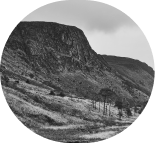
1970’s
The Office of Public Works (OPW) drew up a plan for the establishment of a series of national parks in Ireland and selected the mountainous area of northwestern Donegal for its wilderness qualities, beautiful landscapes and its particularly important habitats and species.
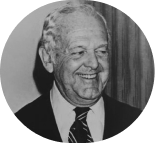
1975
The Glenveagh estate was purchased from Henry McIlhenny, who later donated Glenveagh Castle and Gardens to the State.

1986
Glenveagh Castle and Gardens opened to the public in 1986.
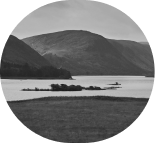
1995
An Taisce leased the lands around Crocknafarragh to the State for inclusion into the National Park.
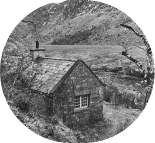
1996
Wildlife Service properties around Lough Barra were included in Glenveagh.
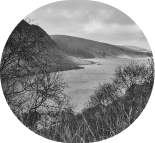
1997
Further lands were purchased in 1997.

Now
The National Parks and Wildlife Service continues to purchase additional lands to the east, north and south and manages these in conjunction with the surrounding national park.
Glenveagh nature reserves
Glenveagh National Park contains two Statutory Nature Reserves, Lough Barra Bog and Meenachullion Bog, and forms the core area of the Cloghernagore Bog and Glenveagh National Park European Special Area of Conservation (SAC) (Natura site code 002047) and the Derryveagh and Glendowan Mountains European Special Protection Area (SPA) (Natura site code 004039).
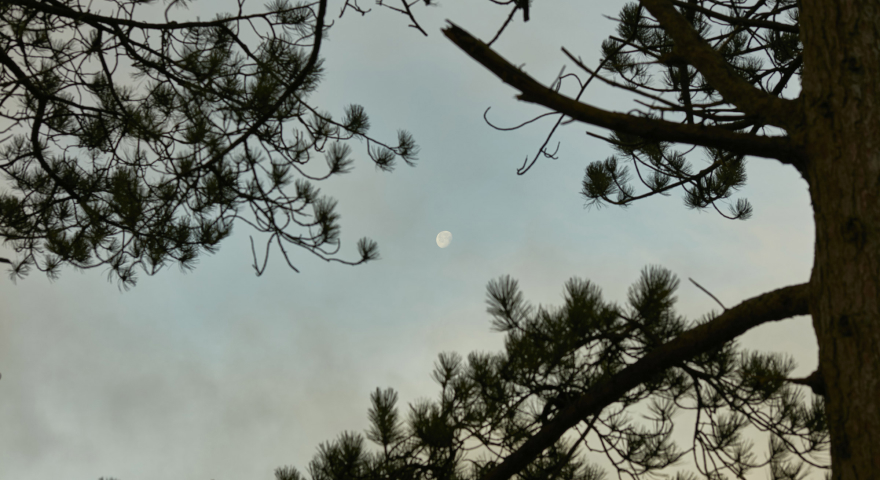
This wide expanse of semi-natural environs is host to a multitude of notable upland habitats under the 1997 EU Habitat Regulations and EU Bird Regulations and rare floral species.
Glenveagh is one of Ireland’s most extensive and important contiguous areas of natural habitat and the park serves to protect and enhance our biodiversity for future generations. All its operations and programmes of activity have specific regard to the Conservation Objectives for the European sites and are designed to improve the status of the Qualifying Interest habitats and species, whilst supporting appropriate access and enjoyment by the public.
Learn more about Glenveagh’s Habitats.

